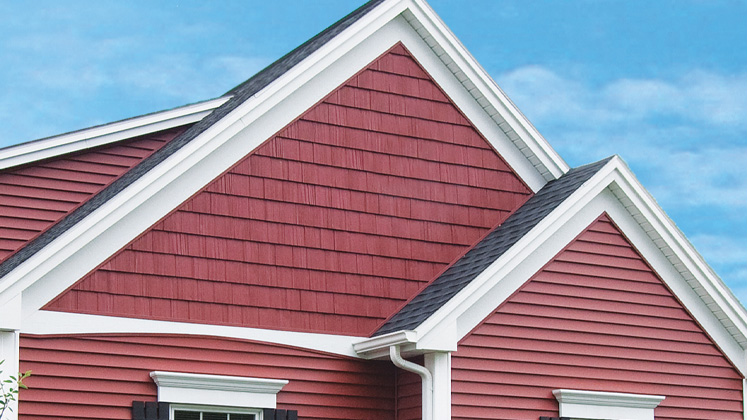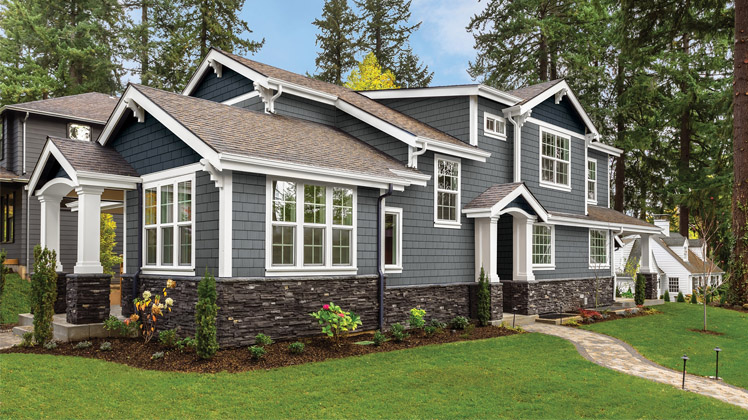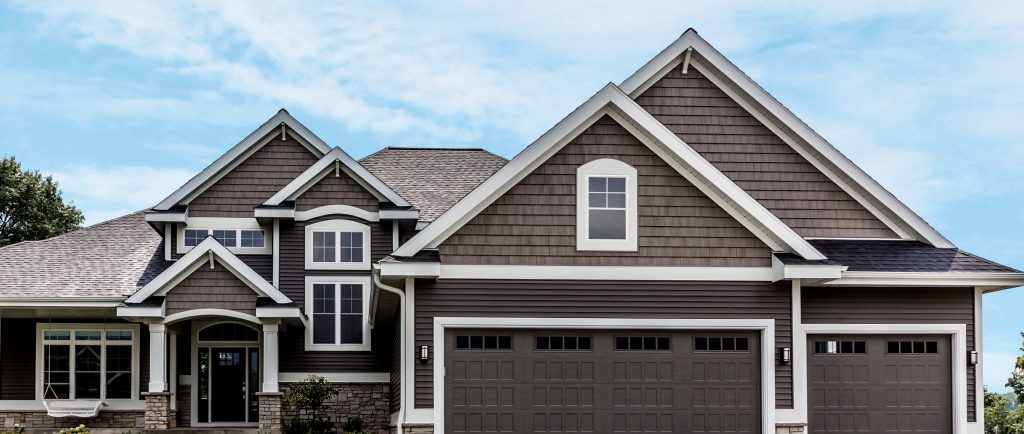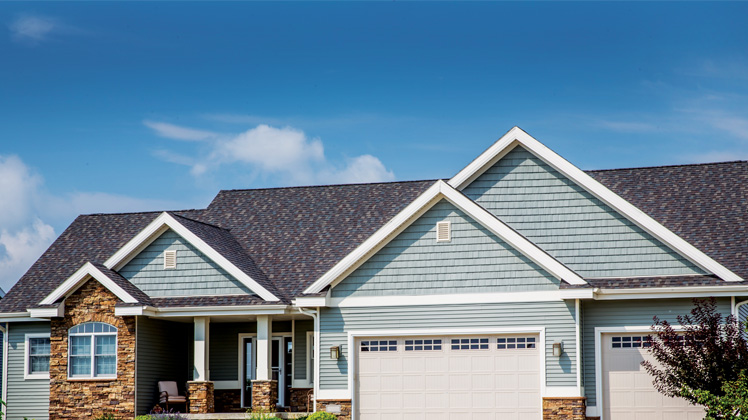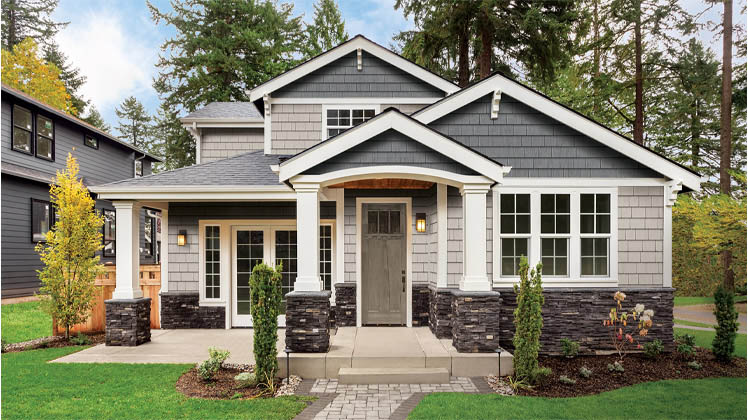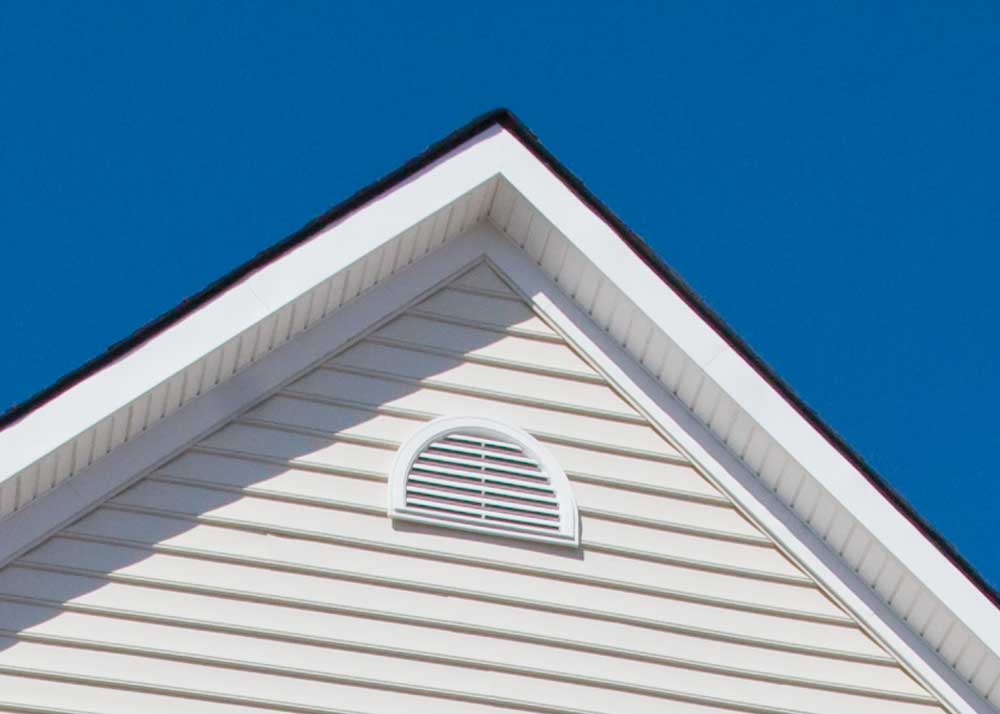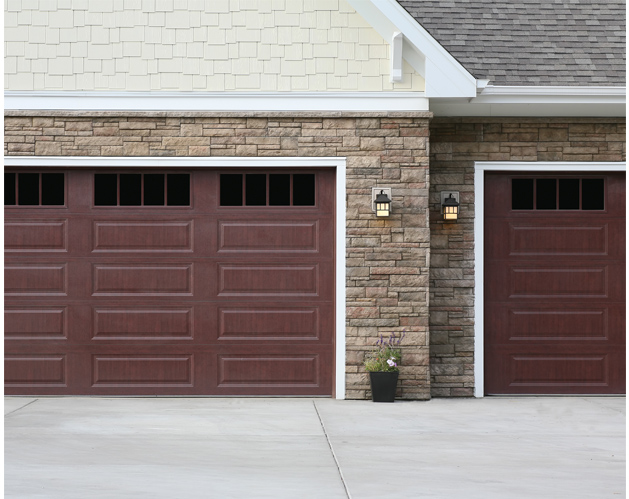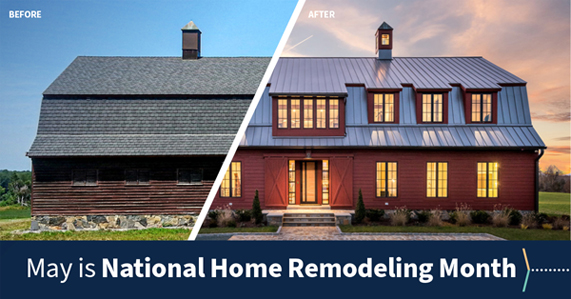Each year, the LBM 100 from LBM Journal and the Construction Supply 150 from Webb Analytics dealer surveys provide a snapshot of the state of the lumber and building materials industry and, by default, a temperature reading on the rest of the residential construction industry. And this year’s lists, both released this month, are no exception.
“The year began with dealers enjoying the last giant swells in lumber prices that had led to unprecedented revenue increases in 2021,” reported Craig Webb of Webb Analytics. “By the end of 2022, those prices were down more than 60% from where they were at the start. Meanwhile, consumers’ pain over price increases and a Federal Reserve clampdown helped force a slowdown in the economy. Nevertheless, demand from builders and remodelers remained robust and product shortages still were rampant, particularly early in the year. The result was unsettled conditions.”
Webb’s Construction Supply 150 found the result to be a 9.5% increase in revenue for the list overall, as well as growth in the total number of locations and number of employees. However, the revenue increase was only 3.3% when adjusted for inflation.
“Now in its third year, the LBM 100 continues to demonstrate the strength of the lumber and building materials industry while fighting new challenges such as skyrocketing interest rates, rising inflation and fuel costs, labor shortages, and foreboding talk of recession,” LBM Journal’s James Anderson said of his publication’s rankings. “If that list of challenges faced any other industry, it is unlikely that we could see 94 of this year’s top 100 dealers reporting increases in sales in 2022.”
In fact, LBM Journal reports that nearly all of the dealers with higher sales last year saw increases in the double digits. Nine companies had sales over a billion dollars, including one that reached the threshold for the first time. (The Webb Analytics Construction Supply 150 tracks both traditional LBM dealers as well as big box stores and specialty distributors, so its ranking includes 25 members with more than a billion in sales.)
As in previous years dealer surveys, some of that growth came from continued acquisitions.
Lumber prices continued to play a role, but to the opposite effect as last year: “The impact of lumber price changes shows up most prominently when you look at one of the CS150’s five subcategories, lumberyards with manufacturing capabilities,” Webb said. “In 2021, this group’s revenues shot up 58.6%. In 2022, the gain was only 18.1%. And a good share of that increase came not from same-store sales growth, but rather from many of the 481 construction supply operations acquired and 253 locations opened by the CS150 in 2022.”
Even with the challenges, nearly half of the LBM 100 plan to expand over the next one to two years. In addition, LBM Journal said, “Many dealers have indicated that 2023 will be a year of growth, despite higher interest rates and lingering supply chain challenges.”
Other trends of note:
• The pandemic’s influence on e-commerce continued, as LBM Journal found that 40% of dealers are now offering online sales, up from 30.5% in 2021.
• Hiring is still dealers’ No. 1 challenge, LBM Journal said, though there was a notable drop from the previous year, from 84% of respondents to 68%. As with last year, drivers continue to be the hardest role to fill, followed by yard workers. Still, the threat of recession has actually helped some dealers with this issue, opting to reduce staff by eliminating open positions or hiring good employees who are leaving less-stable companies.
• Credit card fees are another growing challenge for dealers. With fees upwards of $180 million among the companies he surveyed, Webb found that dealers are pushing to limit the use of credit cards for bill paying.
View the full dealer surveys, view the LBM Journal 100 here and download the Construction Supply 150 here.


